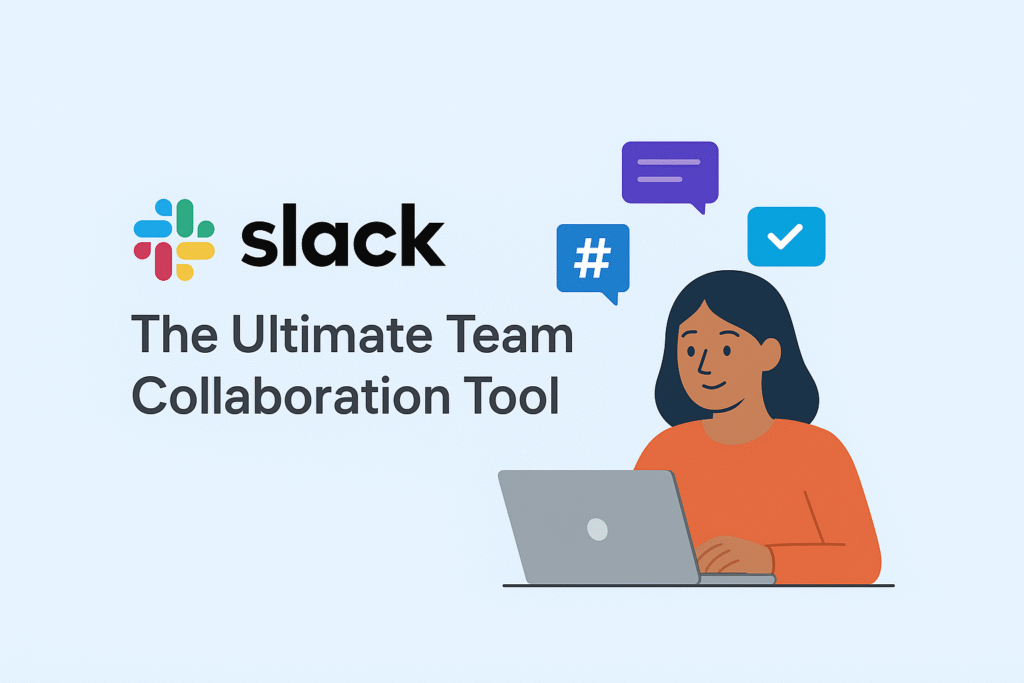In 2025, technology is not just smart — it’s intelligent, fast, and closer to where you are. This is thanks to Edge Computing and AIoT (Artificial Intelligence of Things), a combination that’s transforming industries, homes, and workplaces. From students working on IoT projects to IT companies managing large-scale data, edge computing and AIoT are redefining how devices process and respond to information.
What Is Edge Computing and AIoT?
Edge Computing processes data closer to the source — like IoT devices, sensors, or smartphones — instead of sending everything to a central cloud server. This reduces latency, improves speed, and enables real-time decision-making.
AIoT integrates artificial intelligence with Internet of Things devices, allowing them to learn, adapt, and make smarter decisions without human intervention.
Some top examples in 2025 include:
- NVIDIA Jetson – AI edge computing hardware for robotics.
- AWS IoT Greengrass – Brings AWS capabilities to local devices.
- Azure IoT Edge – Microsoft’s edge computing solution.
- Google Coral – AI hardware for edge devices.
Why Edge Computing and AIoT Are Trending
According to Google Trends, search interest for AIoT solutions and edge AI devices has grown rapidly in 2025. This growth is driven by:
- Faster Response Times – Real-time data processing for instant decisions.
- Reduced Bandwidth Usage – Less reliance on centralized cloud storage.
- AI-Driven Automation – Smarter IoT systems that adapt to usage patterns.
- Enhanced Privacy – Sensitive data processed locally instead of online.
- Better Reliability – Works even without constant internet connectivity.
Key Features of Edge Computing with AIoT
- Low Latency – Millisecond-level data processing.
- Offline Capability – Continues working without internet.
- Scalable Infrastructure – Works from small devices to large industrial setups.
- AI Integration – Devices learn and improve performance over time.
- Multi-Device Synchronization – Works seamlessly across a network of IoT devices.
How Different Users Benefit
For Students
- Hands-On IoT Projects – Build and test devices without high cloud costs.
- Real-Time AI Experiments – Apply machine learning models directly on devices.
- Portfolio Growth – Show experience in edge AI development.
For Professionals
- Improved Workflow Efficiency – Faster device response in automation systems.
- Enhanced Cybersecurity – Local data handling reduces exposure.
- Better Resource Management – Reduces dependency on expensive cloud operations.
For IT Companies
- Cost Reduction – Saves bandwidth and cloud hosting expenses.
- Reliability in Remote Areas – Works even in low-connectivity zones.
- Industry-Wide Applications – Useful for healthcare, manufacturing, retail, and logistics.
Challenges and Limitations
- Hardware Costs – Initial setup can be expensive.
- Maintenance Complexity – Devices require regular updates.
- Security Risks – Local devices can be physically tampered with.
Key Points of this article
- edge AI devices
- AIoT solutions 2025
- edge computing for IoT
- low latency AI systems
- AI-powered IoT devices
- real-time AI processing
Tips for Using Edge AI and AIoT Effectively
- Start with Small Projects – Test AI models on single devices first.
- Focus on Security – Encrypt local data to prevent breaches.
- Combine with Cloud Backup – Use hybrid systems for reliability.
- Monitor Device Health – Keep firmware and AI models updated.
Final Thoughts
Edge computing and AIoT are not just buzzwords — they’re the future of real-time smart technology.
For students, they provide valuable opportunities to work on cutting-edge projects. For professionals, they bring faster, safer, and more efficient workflows. For IT companies, they represent a competitive advantage in delivering smarter solutions with lower costs.
In 2025 and beyond, the combination of edge computing and AIoT will drive innovations in every sector — from smart cities to autonomous vehicles — making the world faster, smarter, and more connected.



